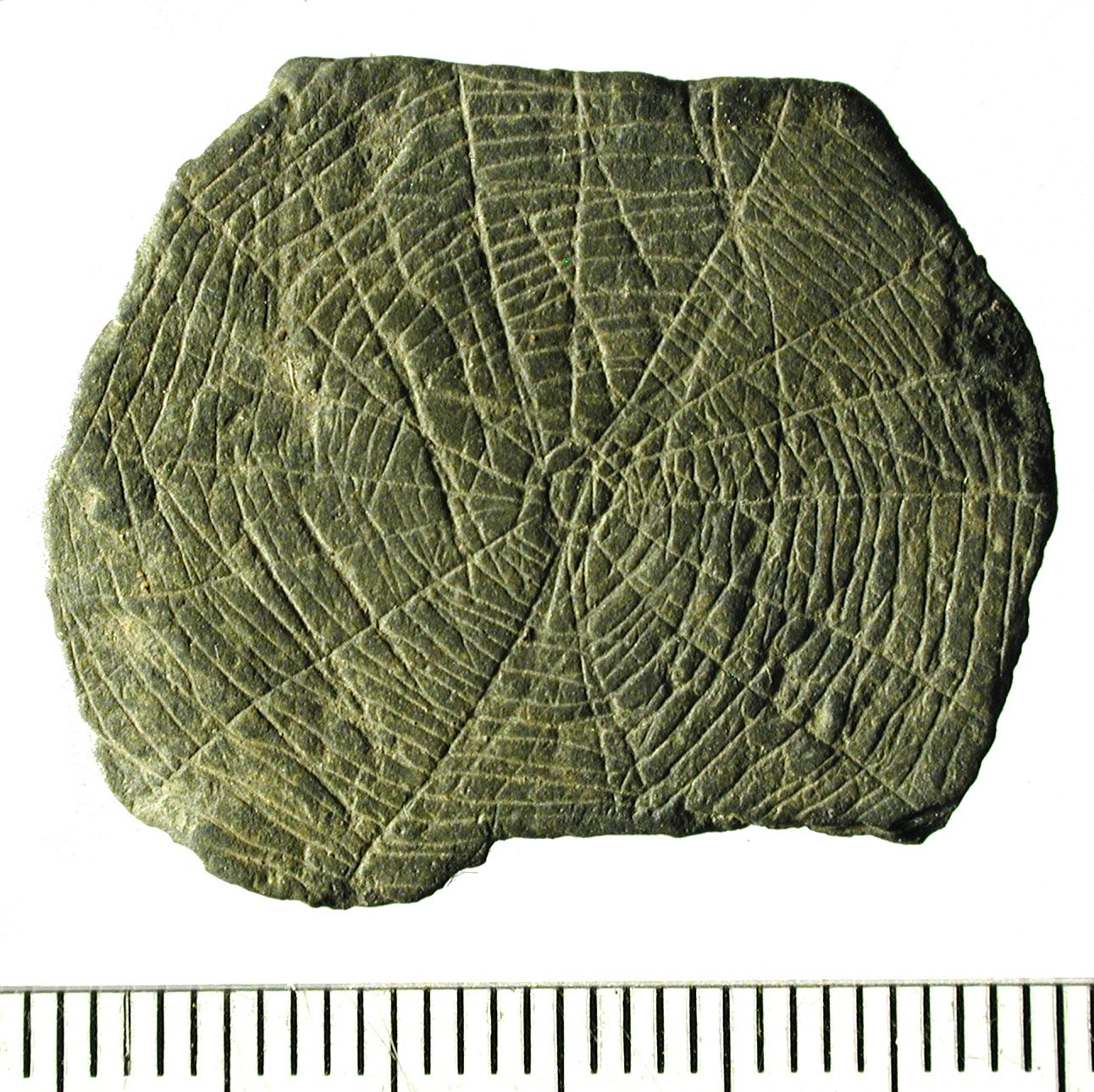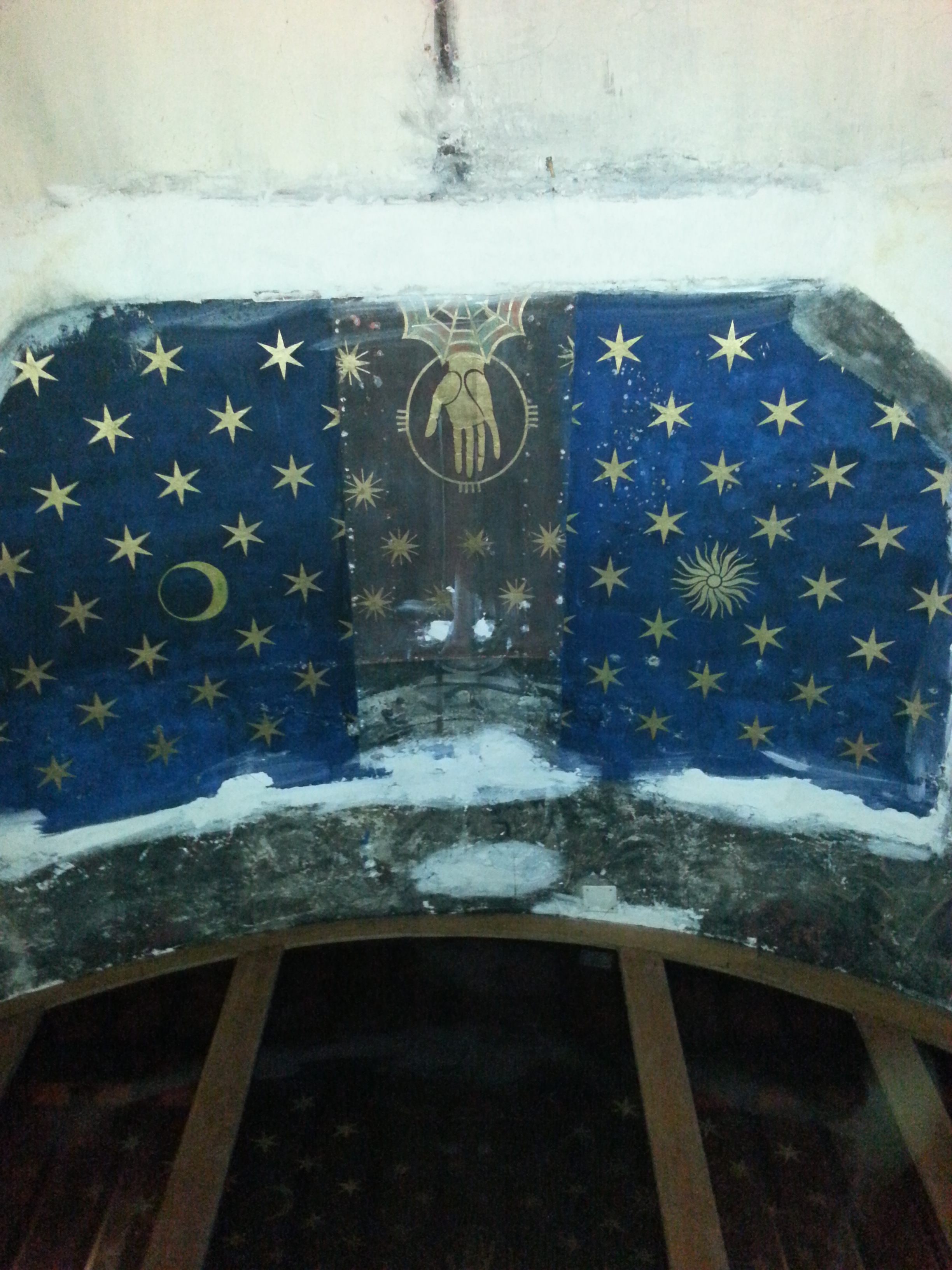Found: Neolithic Spiderweb Stones in Denmark
They may have more to do with the sun than with arachnids.

From ancient Native Americans to the classical Greeks to today, spiders and their webs have long had symbolic and religious meaning. Now, archaeologists digging at a Neolithic site on Bornholm, Denmark’s easternmost island, have unearthed some mysterious 5,000-year-old stones engraved with what appear to be spiderwebs. But they may not have had anything to do with arachnids.
Their patterns are not vastly different than those on the roughly 300 “sun stones” found since the 1990s at the site of Vasagard, on the same island, which appears to have been a ceremonial center for Neolithic sun worship. (Bornholm is the place in Denmark with the most hours of sunlight per year—so perhaps it is no surprise that prehistoric sun-lovers gathered there.) However, as explained by Finn Ole Son Nielsen, chief archaeologist at the Bornholm Museum, sun stones usually have a simpler set of radiating lines—while the new finds have more intricate lines in between, giving them a distinctly arachnoid look. Researchers have found at least four so far, including one that is somewhere between a sun stone and a spiderweb stone.

The hypothesis is that spiderweb stones may, in fact, just be another way to represent the sun. So Nielsen looked to the symbolic use of spiderweb-like designs across Europe, and found one depicted on the ceiling of medieval church in France. In that case it probably represented heaven or the space between life and death. He suspects the Neolithic stones held some kind of similar purpose, but there’s no way to know.













Follow us on Twitter to get the latest on the world's hidden wonders.
Like us on Facebook to get the latest on the world's hidden wonders.
Follow us on Twitter Like us on Facebook